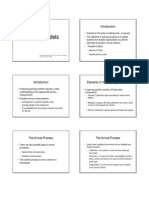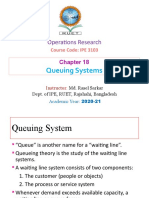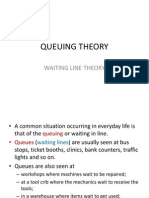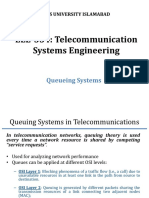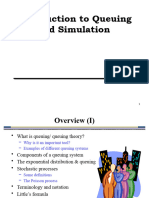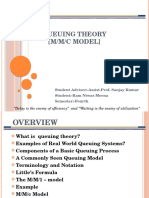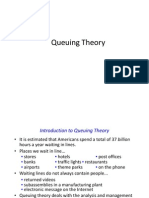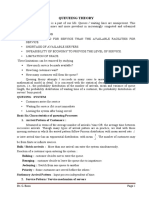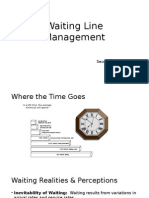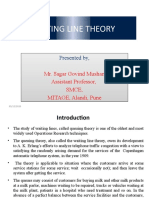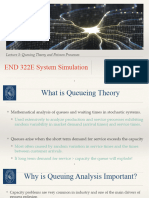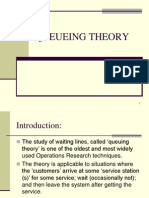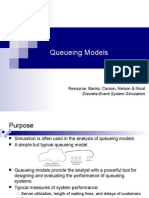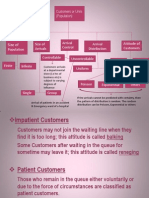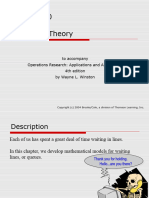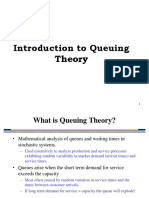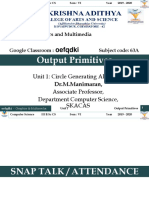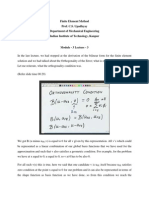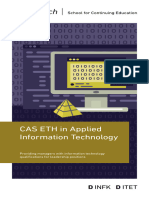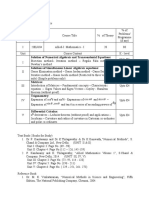0% found this document useful (0 votes)
26 views25 pagesModule 2 - Queuing Analysis (Annotated)
The document provides an overview of queuing models, which are mathematical representations used to analyze waiting lines and system performance across various applications such as healthcare, telecommunications, and retail. Key components of queuing systems include arrivals, queues, and servers, with different characteristics and disciplines affecting customer behavior and service efficiency. Various types of queuing models are discussed, including M/M/1 and M/M/c, along with their formulas for calculating metrics like average wait times and server utilization.
Uploaded by
nimeshbumbCopyright
© © All Rights Reserved
We take content rights seriously. If you suspect this is your content, claim it here.
Available Formats
Download as PDF, TXT or read online on Scribd
0% found this document useful (0 votes)
26 views25 pagesModule 2 - Queuing Analysis (Annotated)
The document provides an overview of queuing models, which are mathematical representations used to analyze waiting lines and system performance across various applications such as healthcare, telecommunications, and retail. Key components of queuing systems include arrivals, queues, and servers, with different characteristics and disciplines affecting customer behavior and service efficiency. Various types of queuing models are discussed, including M/M/1 and M/M/c, along with their formulas for calculating metrics like average wait times and server utilization.
Uploaded by
nimeshbumbCopyright
© © All Rights Reserved
We take content rights seriously. If you suspect this is your content, claim it here.
Available Formats
Download as PDF, TXT or read online on Scribd
/ 25

